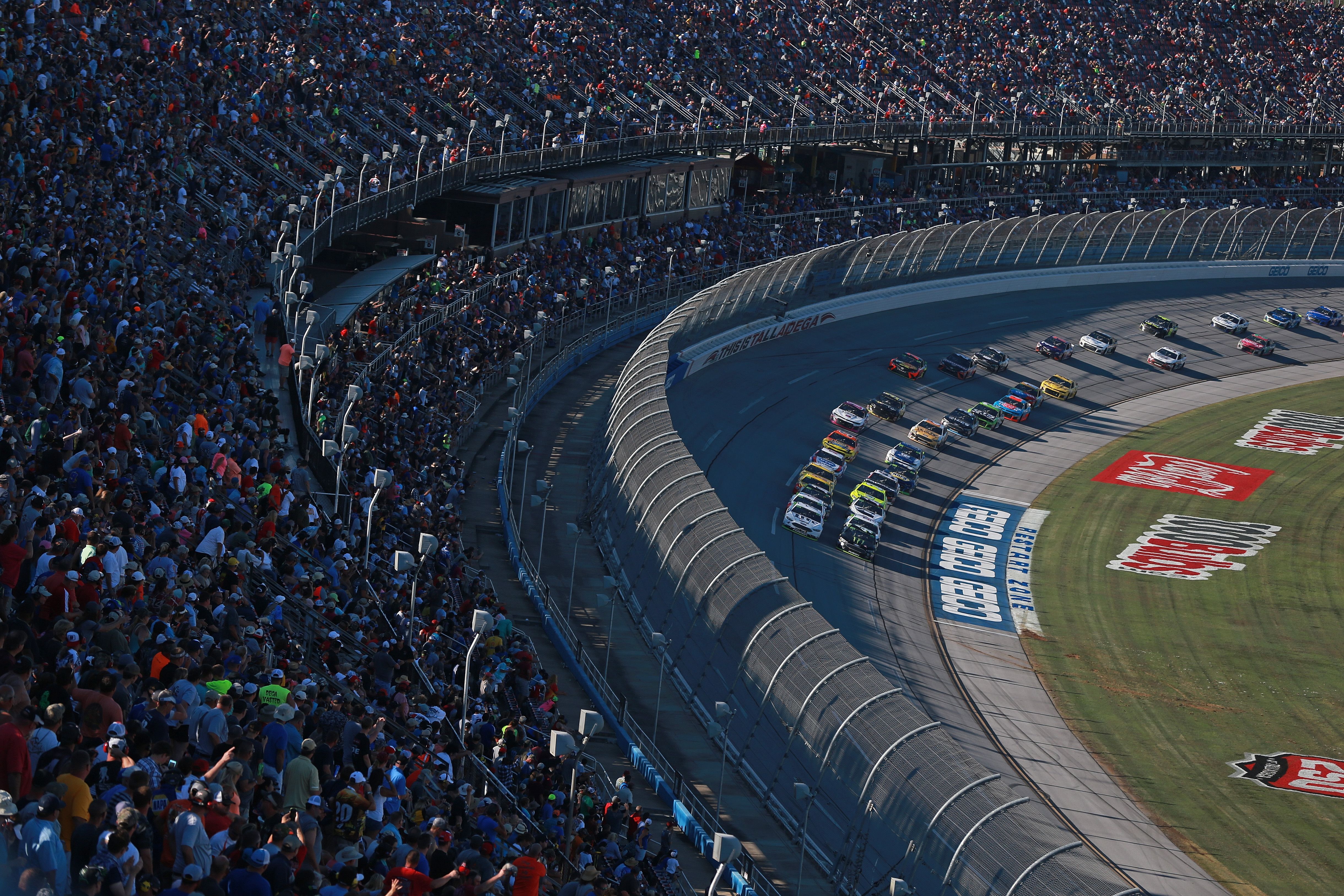Table of Contents
- Introduction
- What is a Racing Track?
- Popular Racing Tracks
- Types of Racing Tracks
- How to Choose a Racing Track
- FAQ
- Key Takeaways
Introduction
Racing tracks are the playgrounds for motorsports enthusiasts, where speed and adrenaline reach new heights. Whether you are a professional race car driver or a passionate fan, racing tracks offer an unparalleled experience that cannot be matched anywhere else. In this article, we will delve into the world of racing tracks, exploring their significance, types, and popular venues.
What is a Racing Track?
A racing track is a purpose-built facility designed for organized racing events. These tracks are specifically designed to provide a safe and challenging environment for drivers to test their skills and push the limits of their vehicles. They are equipped with various features such as turns, straightaways, elevation changes, and safety measures to ensure the well-being of participants and spectators.
Popular Racing Tracks
There are numerous world-renowned racing tracks around the globe that host major motorsport events. Some of the most popular racing tracks include:
- Silverstone Circuit - United Kingdom
- Circuit of the Americas - United States
- Monaco Grand Prix Circuit - Monaco
- Sepang International Circuit - Malaysia
- Nürburgring - Germany
- Suzuka Circuit - Japan
- Interlagos Circuit - Brazil
Types of Racing Tracks
Racing tracks can be categorized into various types based on their configuration and purpose. Some common types include:
- Oval Tracks: These tracks have a circular or oval-shaped layout and are commonly used in NASCAR and IndyCar racing.
- Road Courses: These tracks have a more intricate design with numerous turns, chicanes, and straights. They are utilized in Formula 1 and sports car racing.
- Dirt Tracks: As the name suggests, these tracks are covered in dirt or clay and are typically used for dirt track racing disciplines such as sprint car racing and dirt bike racing.
- Drag Strips: These straight tracks are used for drag racing, where vehicles compete to cover a specified distance in the shortest time possible.
How to Choose a Racing Track
When selecting a racing track to visit or participate in an event, consider the following factors:
- Location: Choose a track that is easily accessible and suits your travel convenience.
- Type of Racing: Identify your preferred motorsport discipline and find a track that hosts events in that category.
- Facilities: Check if the track provides adequate facilities such as seating, restrooms, food options, and parking.
- Safety: Ensure that the track has proper safety measures and adheres to regulations to prioritize participant and spectator safety.
FAQ
1. Are racing tracks open to the public?
Some racing tracks offer public access during specific hours or days for recreational driving. However, professional events may require specific permissions or licenses.
2. Can anyone participate in races held at racing tracks?
While some racing tracks offer open-track days for enthusiasts to participate in non-competitive sessions, official races often have specific eligibility criteria or require a racing license.
3. Do racing tracks have beginner-friendly programs?
Many racing tracks organize training programs and driving schools to introduce beginners to the world of racing. These programs provide professional guidance and support to hone driving skills.
Key Takeaways
- Racing tracks are purpose-built facilities for organized racing events.
- Popular racing tracks include Silverstone Circuit, Circuit of the Americas, and Monaco Grand Prix Circuit.
- Types of racing tracks include oval tracks, road courses, dirt tracks, and drag strips.
- When choosing a racing track, consider location, type of racing, facilities, and safety measures.
- Beginners can benefit from racing tracks that offer training programs and driving schools.
